In today’s competitive industrial landscape, efficiency and reliability are more crucial than ever. For Powsmart technology co., ltd relying on advanced machinery, a small hiccup can lead to significant operational costs. One such challenge is a Mode malfunction in your Dual Bearing Drive system—a problem that, if left unaddressed, could severely impact your productivity and bottom line. This blog explores six key aspects of this issue and offers insights into preventing costly disruptions.
Dual Bearing Drives are at the heart of many industrial applications, delivering smooth motion and precise control. They are designed to handle high loads while maintaining balance and reducing wear. However, even the most robust systems can experience issues, and understanding how these drives work is the first step in diagnosing problems like a Mode malfunction. Clear comprehension of the drive’s function allows operators to detect early signs of trouble and take preventative measures.
A Mode malfunction can manifest in several ways. For instance, you might observe inconsistent speed, unexpected vibrations, or abnormal noise levels during operation. These symptoms often serve as early warnings of deeper issues within the Dual Bearing Drive. By monitoring performance metrics and incorporating regular inspections, manufacturers can quickly pinpoint irregularities and avoid more severe damage down the line.
When a Mode malfunction occurs, the efficiency of your entire production line can suffer. Inconsistent drive performance may lead to misalignment in machinery, increased wear on components, and even unexpected downtime. Moreover, the ripple effects can extend to higher energy consumption and reduced throughput. Consequently, investing time and resources in detecting and resolving these malfunctions is essential to maintain overall system efficiency and avoid escalating repair costs.
Identifying the root causes behind a Mode malfunction is critical for developing a targeted solution. Factors such as improper installation, substandard components, or environmental stressors can all contribute to the problem. Additionally, the inherent complexity of Dual Bearing Drive systems means that even slight deviations in calibration or external conditions may trigger a malfunction. Conducting a thorough diagnostic process helps isolate these factors, ensuring that corrective measures address the underlying issues rather than just the symptoms.
Preventing a Mode malfunction involves a combination of regular maintenance, proper system design, and proactive troubleshooting. Here are several strategies to consider:
These strategies not only minimize the risk of malfunctions but also enhance the overall lifespan and efficiency of your drive systems.
Looking ahead, the evolution of smart manufacturing and predictive maintenance is set to transform how companies manage equipment reliability. Integrating IoT sensors and machine learning algorithms can provide real-time insights into the health of your Dual Bearing Drive systems, allowing for early detection of Mode malfunction. This proactive approach reduces downtime, optimizes production, and significantly cuts operational costs. Manufacturers who embrace these innovations will be better positioned to achieve sustainable, long-term efficiency.
In conclusion, a Mode malfunction in your Dual Bearing Drive might be more than just a minor hiccup—it can be a critical factor in your operational efficiency. By understanding the drive’s function, recognizing early signs of malfunction, addressing root causes, and embracing modern monitoring technologies, manufacturers can safeguard their production lines against unexpected disruptions. Proactive maintenance and continuous improvement not only preserve system performance but also pave the way for a more reliable and sustainable industrial future.
https://www.powsmart.com/about-powsmart/
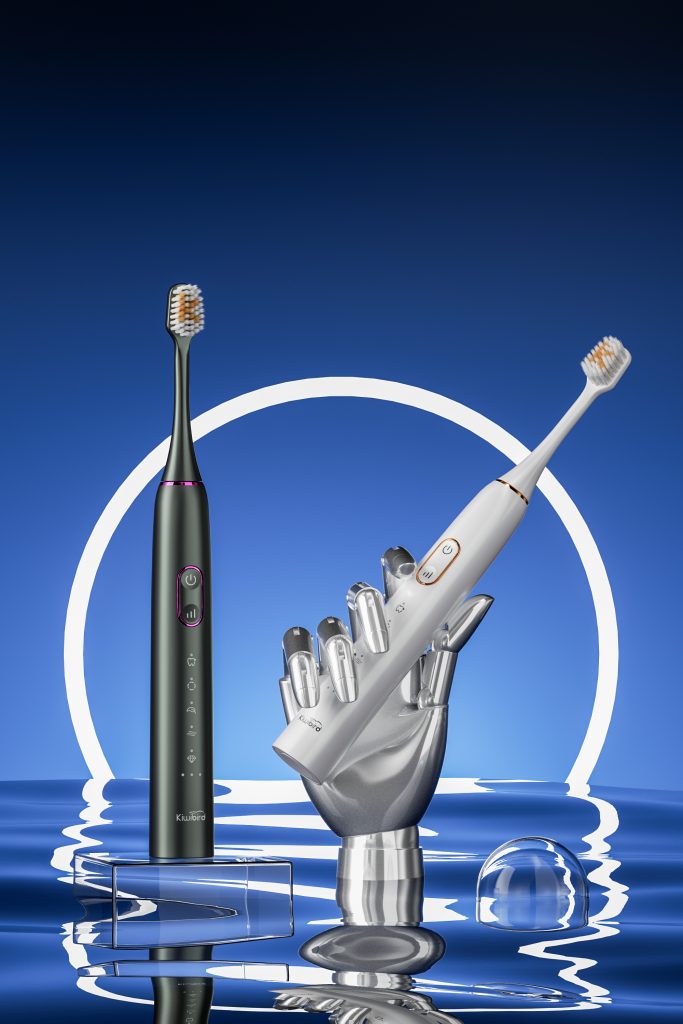

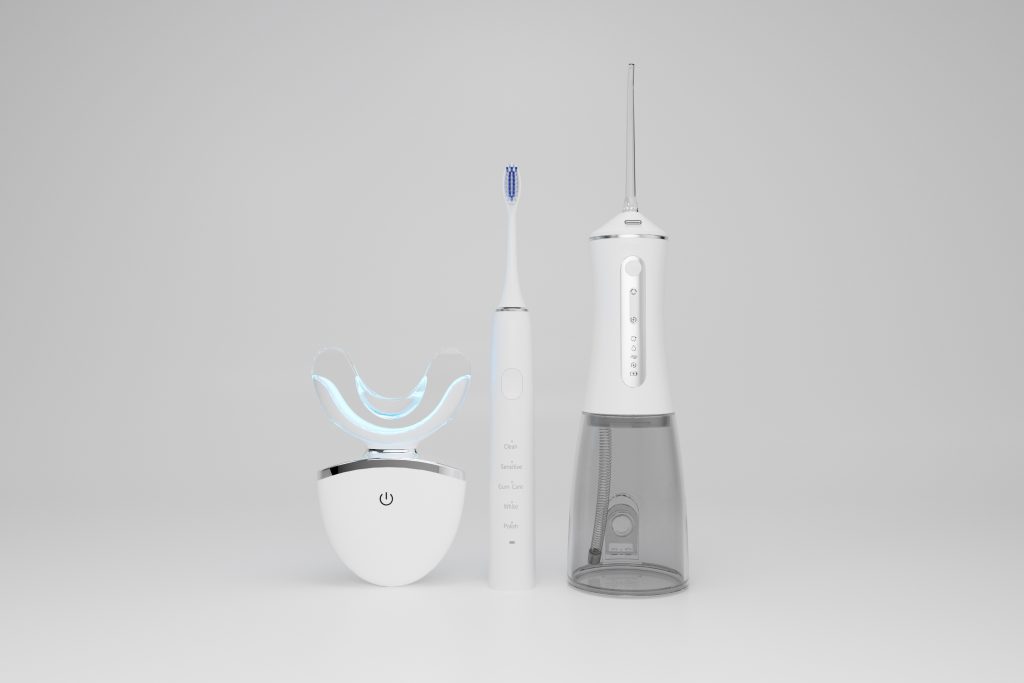
.jpg)
Is Sensitive Gum Electric Toothbrush Shedding Bristles?
.jpg)
How a Mumbai dental toothbrush enhances Periodontal care Mumbai standards

Texas Tax-Free Weekend Electric Toothbrush Wholesale Guide 2025
Affordable Bulk Electric Toothbrush Supplier – OEM B2B Oral Care Solutions

The Competitiveness of LED Teeth Whitening Kit
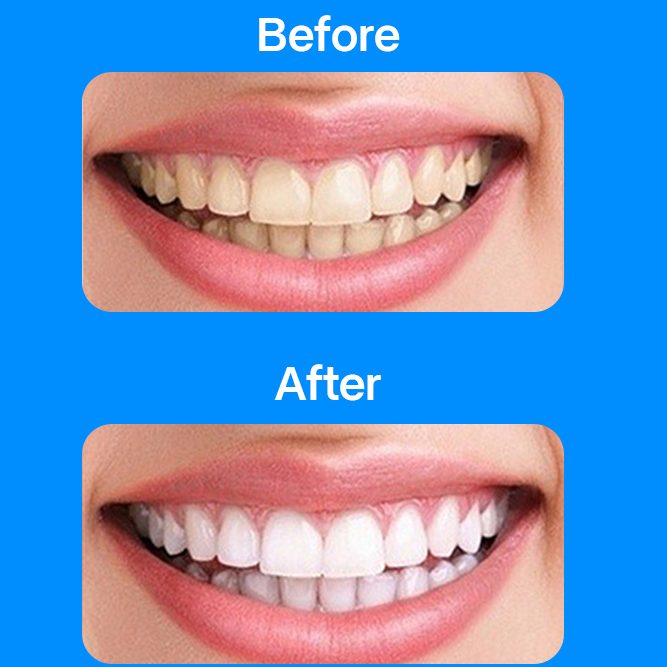
Comparing Different Types of Teeth Whitening Devices Pros and Cons from Manufacturers
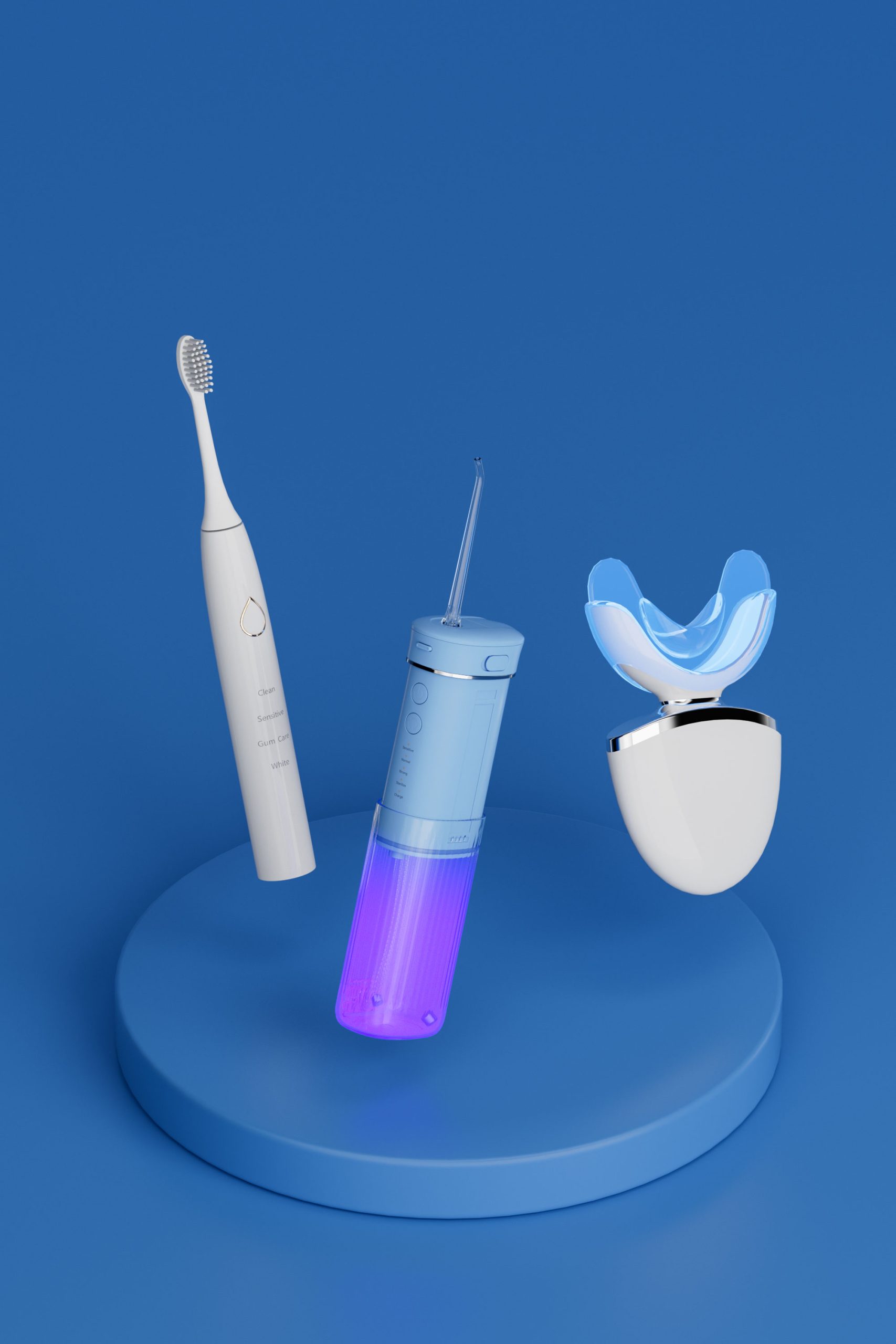
Can an ADA Accepted Water Flosser Be Compactly Designed by a Travel Water Flosser Manufacturer?

Seeking a Toothbrush Sustainable Supplier?
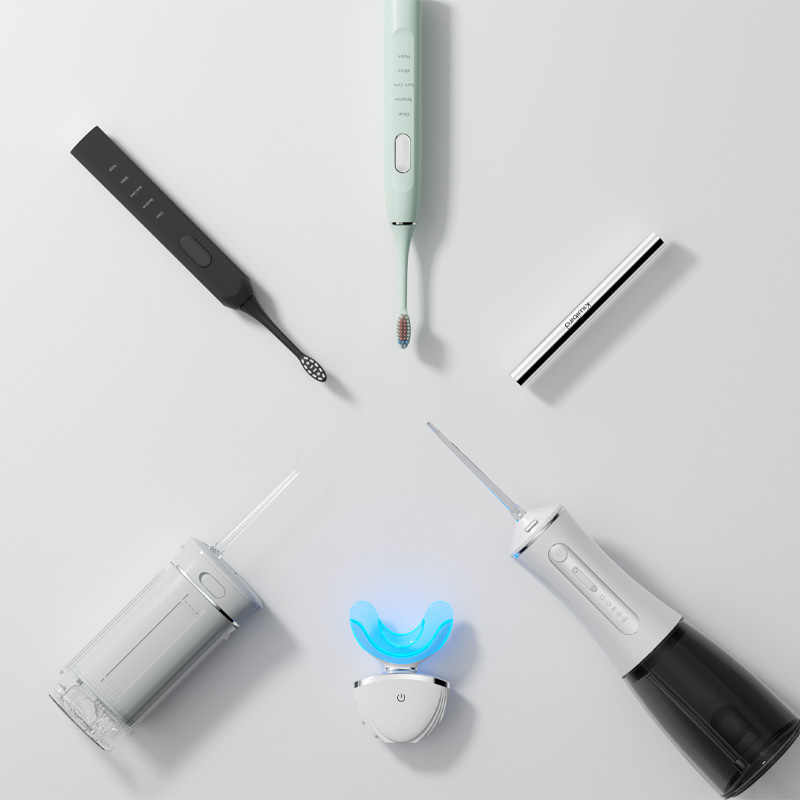
Market Potential of Electric Toothbrush & Whitening Device Combos

Should You Try The Take-Home Whitening Kit?
Tank Mold with Bacterial Regrowth – Health Crisis?
Waterproof Sonic Toothbrush for Spas | Professional LED Oral Care Devices

Challenges and opportunities currently facing the oral irrigator industry
.jpg)
Water Flosser Sterilization Function: UV Sterilization vs. Silver Ion Coating – Real Cost and Effect
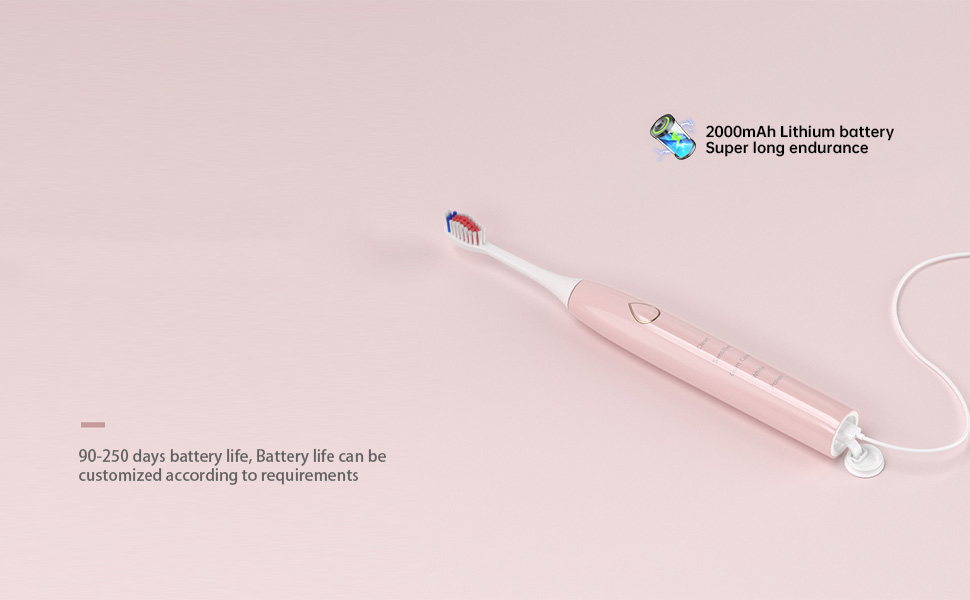
Innovations in Sweeping Vibration Toothbrushes
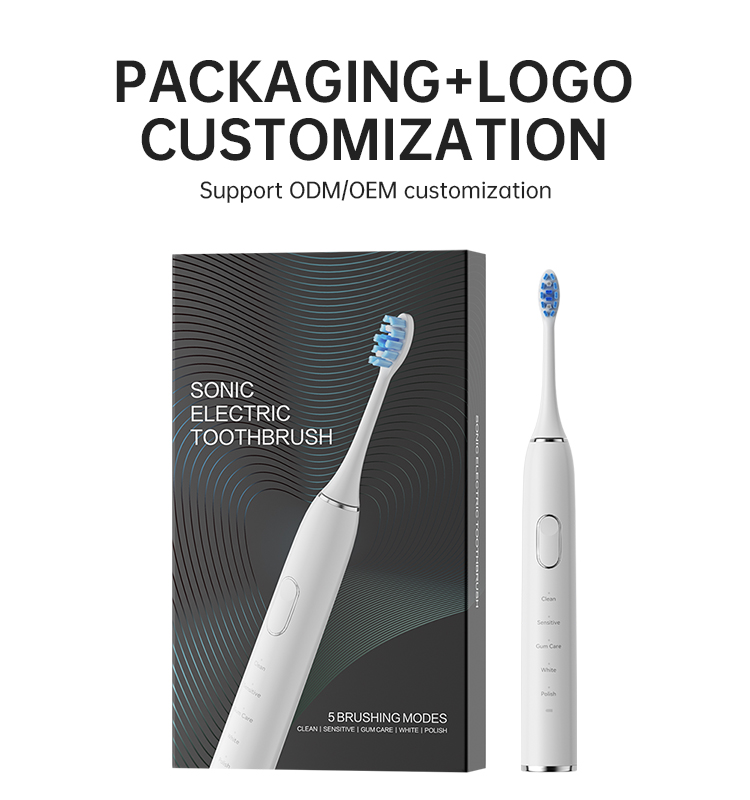
Top Five “Must-Have” Design Features for Electric Toothbrush Customization — Plus One Bonus Insight for OEM Success

Electric toothbrush heads Charcoal Infused-Diamond

electric toothbrush heads Regular Clean

Private Label Whitening Gel

electric toothbrush heads Deep Clean
.jpg)
Florida Electric Toothbrush – Powsmart PTR-C8

electric toothbrush heads Ultra Soft

Customization Teeth Whitening Gel

electric toothbrush heads Charcoal Infuse-Round
whstapp
whstapp
National Toll-Free Service Hotline
+86 755 86238638